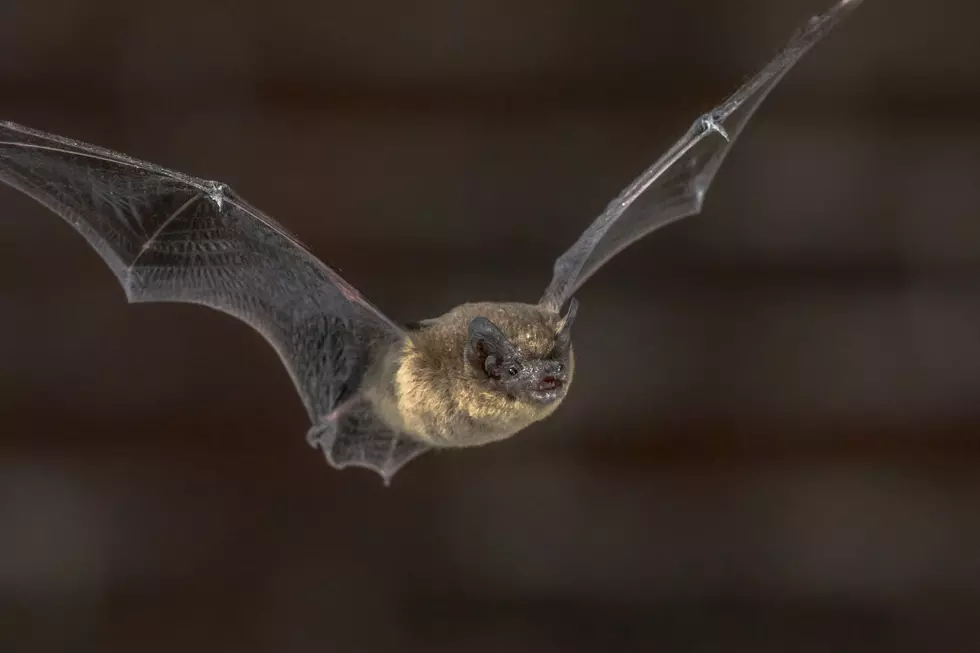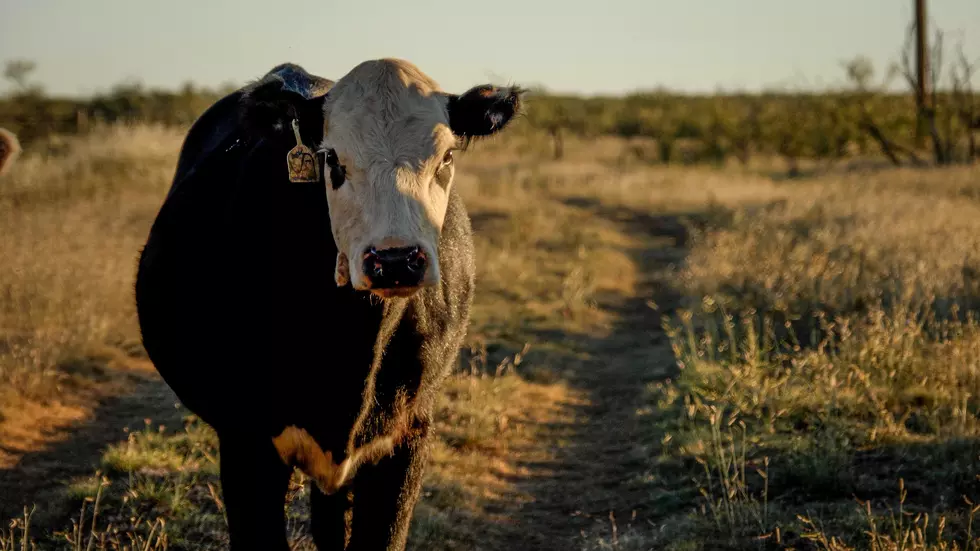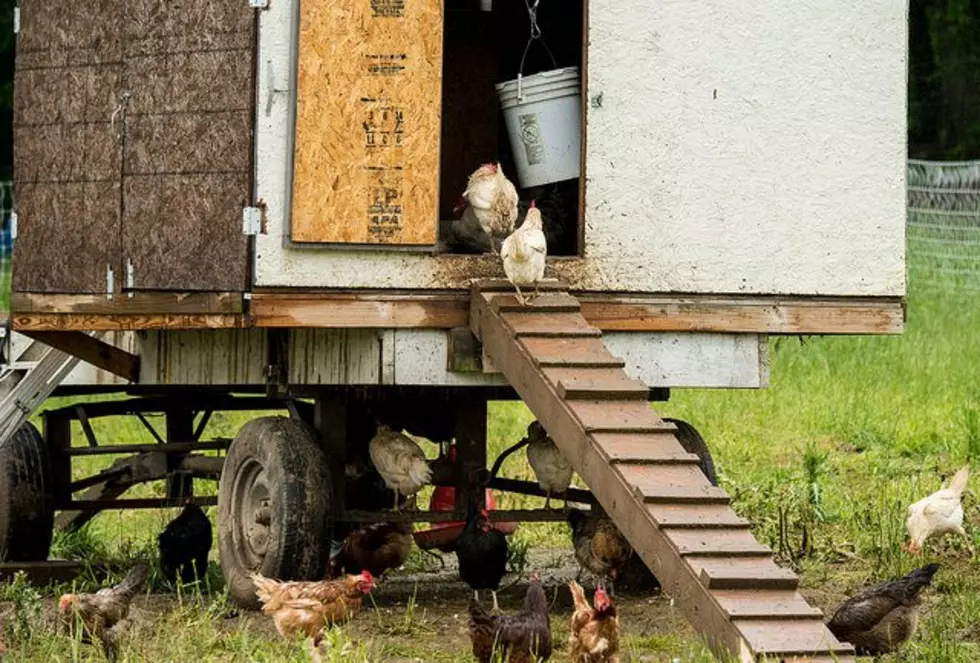
White Nose Syndrome Destructive Among North American Bats
Experts said it is perhaps the biggest threats to North American bat populations.
“The disease called White Nose Syndrome," said U.S. Forest Service researcher Roger Perry. "It’s caused by a fungus introduced in the United States about 2006.”
Perry says the fungus originated in either Asia or Europe, but since its arrival in North America 16 years ago, it spread very rapidly.
“This fungal disease grows in the cold climates found in caves and it grows on the bat. It causes irritation to the bat’s skin, the bat wakes up in the middle of winter, it has trouble hibernating so it burns up all of its fat stores that it’s accumulated for winter.”
Since its arrival, Perry said White Nose Syndrome has killed millions of bats, and some species he noted have seen their populations drop by 90%. And that’s a big problem since many female bats only have one pup per year, making it challenging to repopulate their colonies.
By the way this is National Bat Week; it runs through October 31st.
If you have a story idea for the PNW Ag Network, call (509) 547-9791, or e-mail glenn.vaagen@townsquaremedia.com
More From PNW Ag Network









